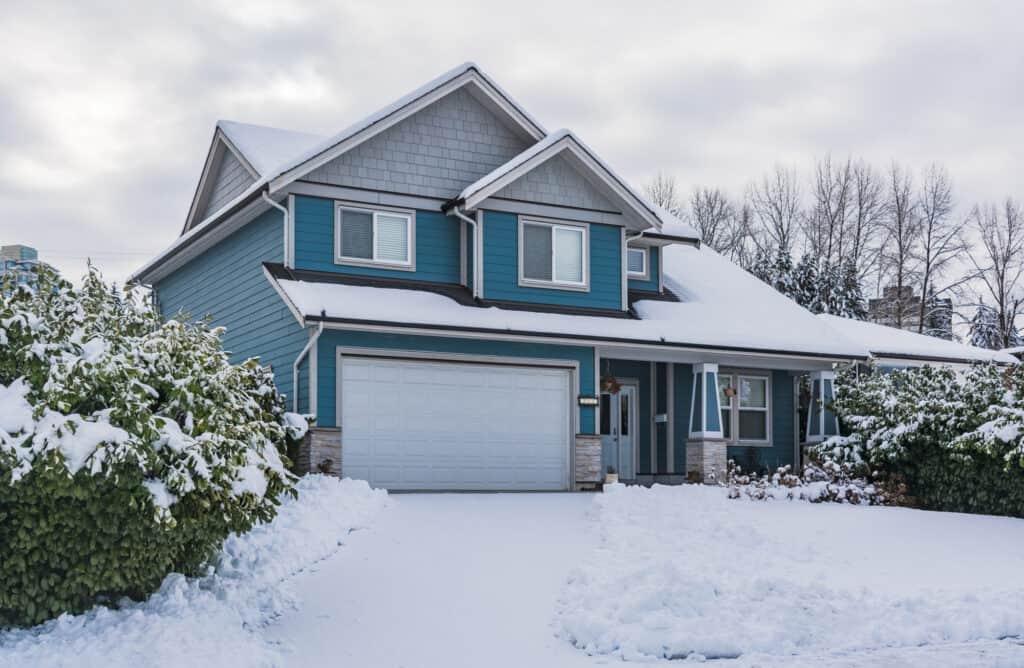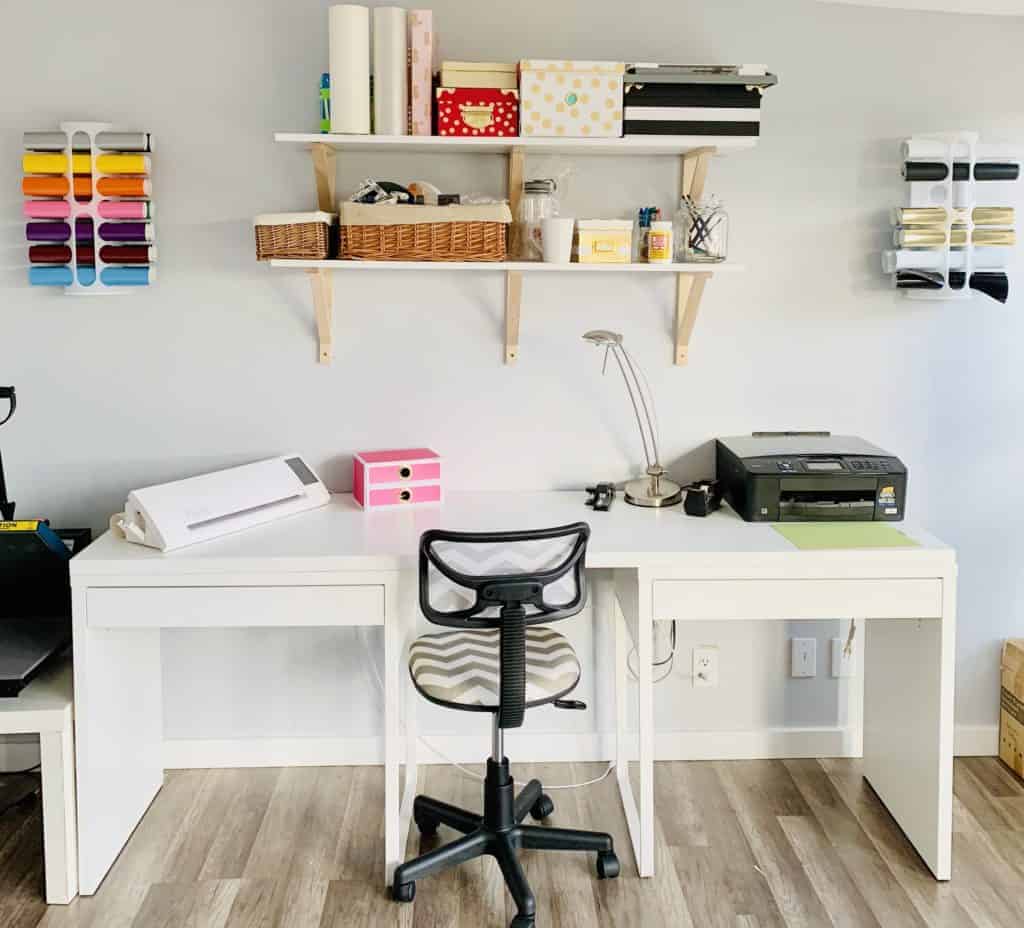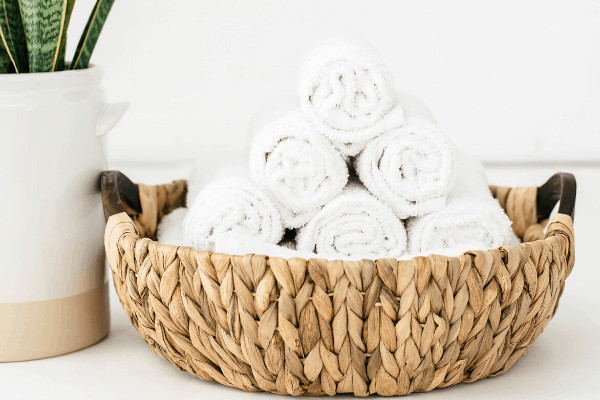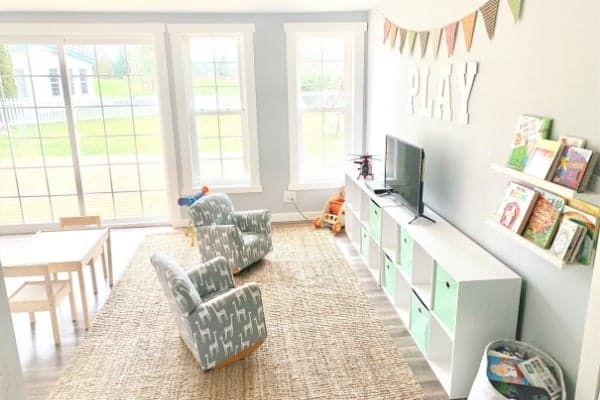Regular home maintenance is essential for preserving property value and ensuring comfort for all who live there. Neglecting upkeep can lead to costly repairs and a decline in your home’s appeal. Budgeting for maintenance expenses is a smart way for homeowners to manage costs effectively, helping to prevent financial strain when issues arise. By anticipating regular maintenance needs, you can allocate resources wisely and keep your home in great shape. This article will provide practical tips for saving on upkeep, including strategies to reduce energy expenses and streamline your home maintenance budget for long-term success.
Understanding Home Maintenance Costs
Home maintenance costs can be categorized into three main areas: routine maintenance, emergency repairs, and seasonal upkeep. Routine maintenance includes tasks like HVAC servicing, lawn care, and gutter cleaning, which are essential for keeping your home in good condition. Emergency repairs arise unexpectedly, such as plumbing leaks or roof damage, and can be significantly more costly if not anticipated.
Seasonal upkeep involves specific tasks needed throughout the year, like winterizing pipes or preparing gardens for spring. These costs can add up over time, making it crucial for homeowners to anticipate and plan for them. For instance, HVAC servicing can average between $100 to $300, while plumbing repairs may cost even more depending on the severity. By understanding these categories and their associated costs, homeowners can better prepare for the financial implications of home maintenance.
Creating a Home Maintenance Budget
Creating a realistic home maintenance budget is vital for managing costs effectively and ensuring your home remains in good condition. Start by tracking your past maintenance expenses to identify patterns in costs and allocate funds accordingly. This historical data can help you estimate future needs and set aside money for both routine and unexpected repairs. A good rule of thumb is to budget 1% to 3% of your home’s value annually for maintenance. For example, if your home is valued at $300,000, aim to set aside $3,000 to $9,000 each year for maintenance costs.
Additionally, consider establishing a fixed monthly amount to contribute to this fund, making it easier to manage and reducing the risk of financial strain when repairs are needed. By proactively planning and budgeting for home maintenance, you can protect your investment and ensure your living space remains comfortable and functional.
Cost-Saving Tips for Regular Upkeep
Saving on regular home maintenance expenses doesn’t have to be difficult. Start by tackling minor repairs and upkeep tasks yourself; DIY solutions can save you significant labor costs. Simple tasks like painting, changing air filters, or cleaning gutters can often be done with a little research and effort. For specific needs, consider using affordable services such as Romeosfuel to order affordable heater fuel online, which can save you money on energy costs. Additionally, compare prices for maintenance services in your area and look for discounts, packages, or loyalty programs that can further reduce expenses.
Local hardware stores often offer workshops and advice on home maintenance, which can be invaluable for learning new skills. By being proactive and resourceful, you can effectively manage your home maintenance budget without sacrificing quality.
Seasonal Maintenance Checklist
A seasonal maintenance checklist is an excellent way for homeowners to stay organized and proactive about upkeep. Here’s a quick guide to essential tasks for each season:
- Spring: Schedule HVAC servicing to prepare for warmer months, inspect roofs for winter damage, and clean gutters. Check for any leaks in the plumbing.
- Summer: Test smoke and carbon monoxide detectors, inspect and maintain outdoor spaces, and service your lawn equipment. Clean and repair outdoor furniture.
- Fall: Clean gutters to prevent clogging, winterize outdoor faucets and hoses, and inspect heating systems to ensure they’re ready for colder weather.
- Winter: Check the insulation in attics and basements, monitor heating systems, and remove snow from roofs if necessary. Review emergency plans for power outages.
Completing these tasks on schedule can prevent costly repairs later, ensuring your home remains safe and comfortable throughout the year.
The Role of Preventive Maintenance
Preventive maintenance is key to saving homeowners money in the long run. Regular inspections and maintenance tasks allow you to address potential issues before they escalate into costly repairs. For example, checking for leaks, servicing HVAC systems, and maintaining appliances can prevent more severe damage down the line. Additionally, keeping up with manufacturer recommendations for appliances and systems ensures they operate efficiently and effectively. By prioritizing preventive measures, homeowners can extend the lifespan of their systems and reduce the risk of unexpected expenses, ultimately leading to a more manageable and cost-effective home maintenance routine.
Final Word
In conclusion, effective budgeting and proactive maintenance are essential for managing home upkeep expenses. By following seasonal checklists, utilizing cost-saving strategies, and focusing on preventive maintenance, homeowners can keep their homes in excellent condition while minimizing costs. A little planning goes a long way in protecting your investment.





